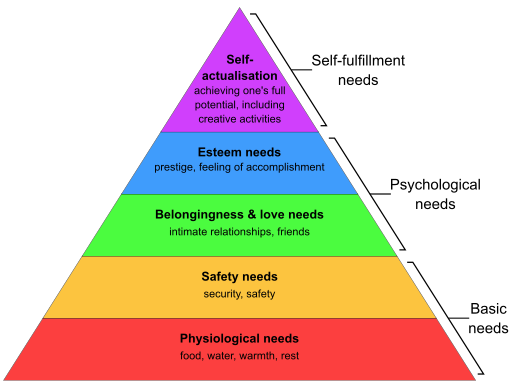Maslow’s Hierarchy of Needs: Definition, Examples & ExplanationMaslow’s hierarchy of needs describes why we pursue one of our needs over another. Read on to see the uses - and limitations - of this fundamental psychology theory.
As you read this article, you will learn all about how scholars have applied Maslow’s hierarchy of needs to understanding our lives – and get a chance to think about your own motivations and priorities.
Before reading on, if you're a therapist, coach, or wellness entrepreneur, be sure to grab our free Wellness Business Growth eBook to get expert tips and free resources that will help you grow your business exponentially. Are You a Therapist, Coach, or Wellness Entrepreneur?
Grab Our Free eBook to Learn How to
|
Are You a Therapist, Coach, or Wellness Entrepreneur?
Grab Our Free eBook to Learn How to Grow Your Wellness Business Fast!
|
Terms, Privacy & Affiliate Disclosure | Contact | FAQs
* The Berkeley Well-Being Institute. LLC is not affiliated with UC Berkeley.
Copyright © 2024, The Berkeley Well-Being Institute, LLC
* The Berkeley Well-Being Institute. LLC is not affiliated with UC Berkeley.
Copyright © 2024, The Berkeley Well-Being Institute, LLC





